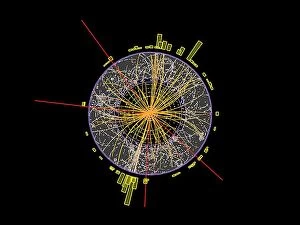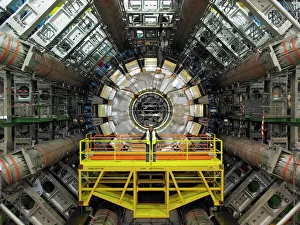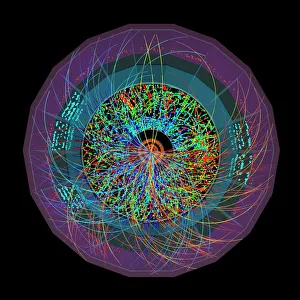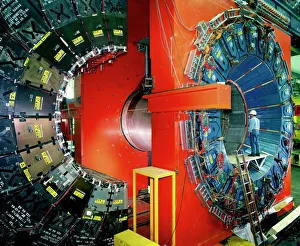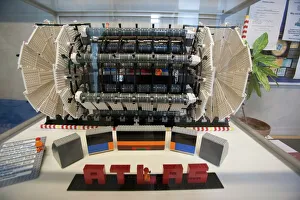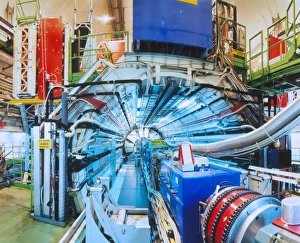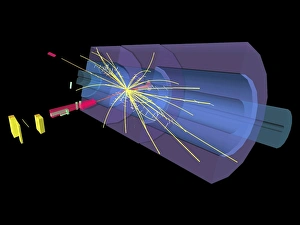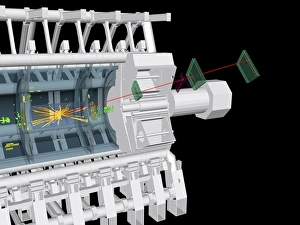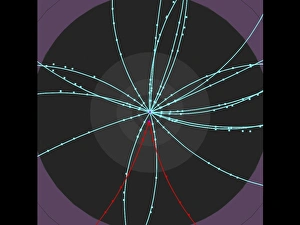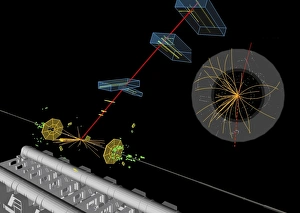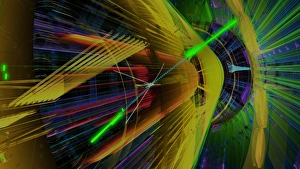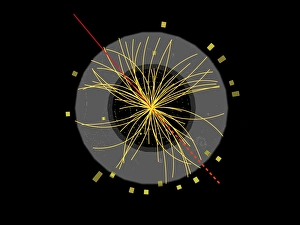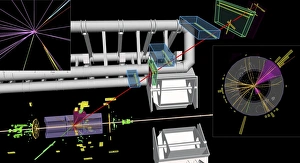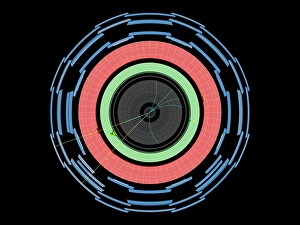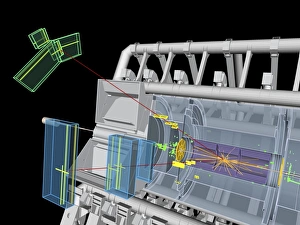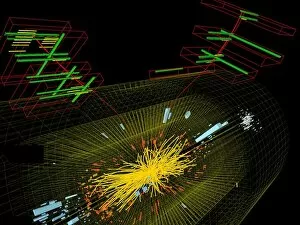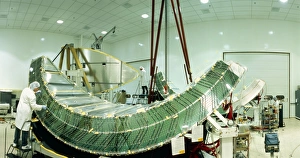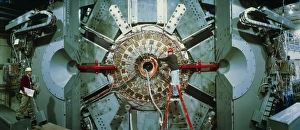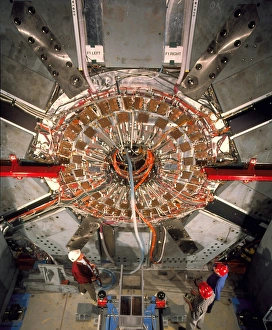Particle Detector Collection
"Unveiling the Secrets of the Subatomic World
All Professionally Made to Order for Quick Shipping
"Unveiling the Secrets of the Subatomic World: Exploring Particle Collisions with State-of-the-Art Detectors" In the quest to understand the fundamental building blocks of our universe, scientists have turned to particle detectors as their trusty allies. These remarkable devices play a crucial role in unraveling mysteries that lie within proton and lead ion collisions, providing invaluable insights into the subatomic realm. One such groundbreaking experiment took place at CERN's ATLAS detector, where proton collision C014 / 1797 unfolded. This event allowed physicists to observe and analyze high-energy interactions, shedding light on elusive particles and their properties. Meanwhile, lead ion collisions further expanded our knowledge as they were meticulously examined using advanced techniques at both CERN's ATLAS detector and Fermilab's CDF particle detector. The significance of these experiments is not limited to one specific moment in time; rather, they represent an ongoing pursuit for understanding. The model of the ATLAS particle detector (C017 / 6987) serves as a testament to this continuous exploration. By simulating various scenarios, scientists can refine their methods and enhance detection capabilities for future discoveries. Notably, it was not only protons but also lead ions that collided under scrutiny at these detectors. These heavy-ion collisions provide unique opportunities to study extreme conditions similar to those present during the early moments after the Big Bang. Through meticulous analysis facilitated by instruments like L3 particle detector at CERN, researchers gain valuable insights into how matter behaves under such extreme circumstances. With each new proton collision (C014 / 1796) or (C014 / 1804), we inch closer towards unlocking profound secrets hidden within nature's tiniest constituents. Particle detectors serve as our eyes into this microscopic world—capturing fleeting moments when particles interact—and allowing us glimpses into previously uncharted territories. As technology advances and scientific curiosity grows stronger than ever before, we can only anticipate more remarkable discoveries to come.

